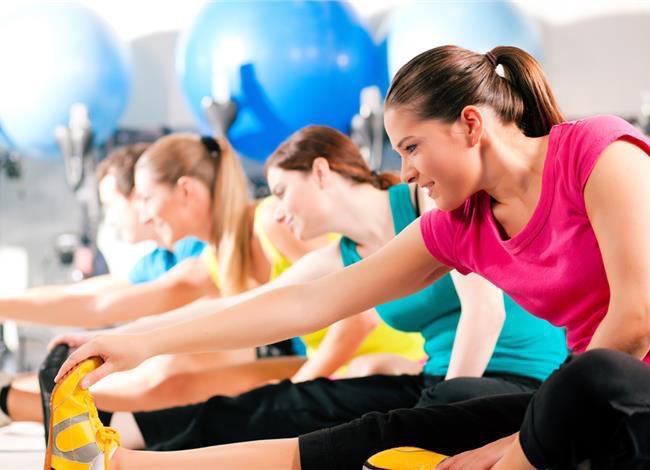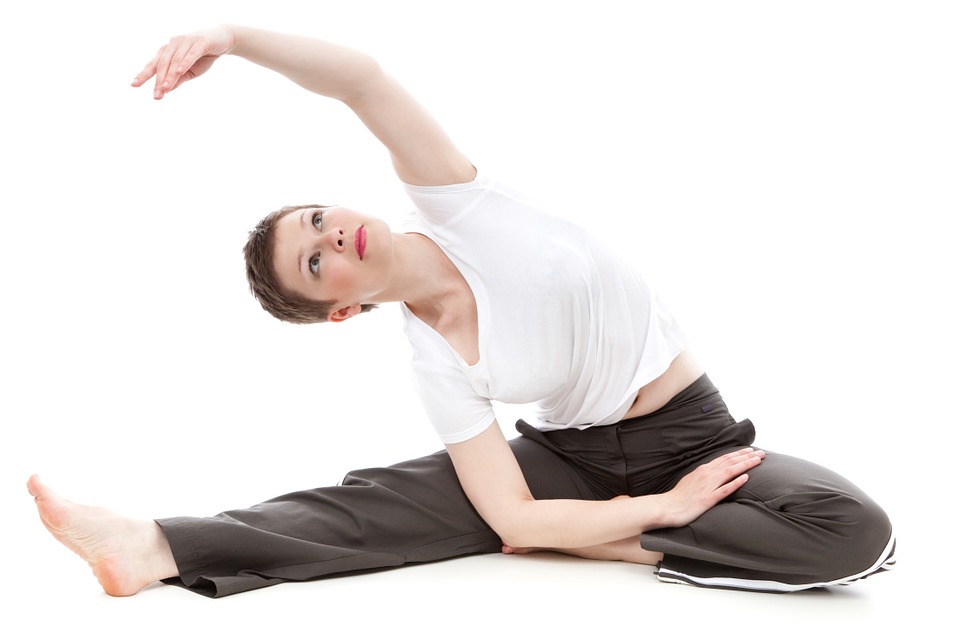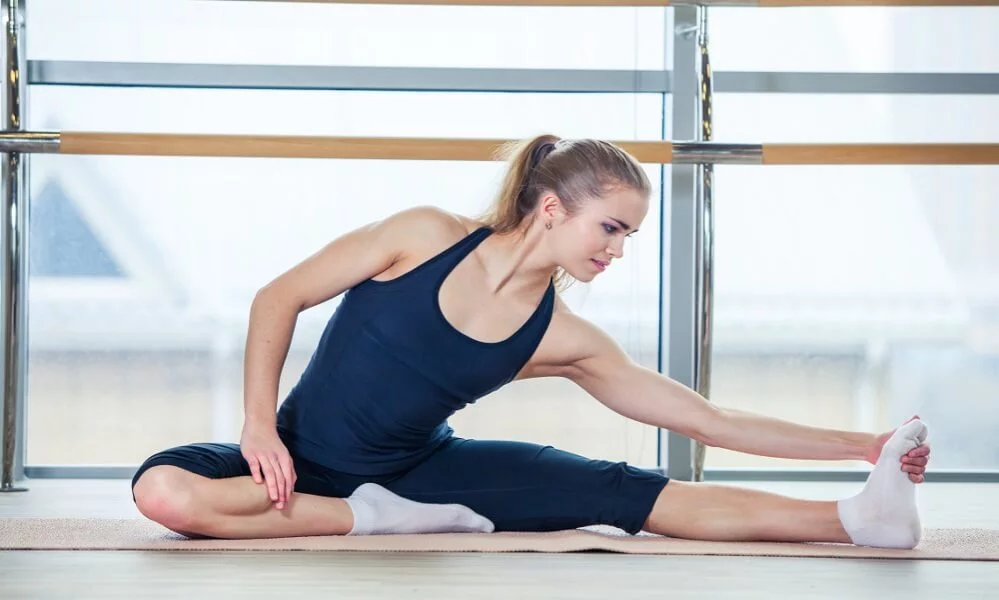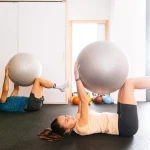Spot reduction means a belief of reducing fats from a particular location or organ of the body wherever additional fat is deposited e.g. abdominal fat by targeting that location or organs via specific exercises. This belief is taken into account as a dilemma and a sort of myth attributable to its unclear mechanism. Some folks agree and a few don’t agree the effectiveness of the spot reduction. Numerous studies were performed to assess the effectiveness of the program however besides clearing the mechanism, the reported findings of those studies resulted additional confusion. In 1962, a study entitled: “Spot reducing in overweight faculty women-its influence on fat distribution as determined by photography” revealed in analysis Quarterly journal reported that in experiment a homogenous diet resulted in a very slight however vital reduction of weight. The planimetric measurements of the chosen areas and linear crosswise measures, obtained from pre-exercise and post-exercise images, yielded proof of reduction in body segments wherever fat accumulations had been most conspicuous, no matter the kind of exercise administered (Schadea, et al., 1962). This study suspected the association of exercises with the spot reduction. Some years later, to substantiate this another study entitled: “Effects of sit up exercise coaching on fat cell size and fattiness” was performed in 1983 to assess and experiment the results of a 27-day sit up exercise educational program on fat cells size and adiposity. The study reported that weight, total body fat (underwater weighing), and fat folds and girths remained unchanged after experiment. The results demonstrate that the traditional sit up exercise doesn’t preferentially cut back fat cell size or body covering fat thickness within the abdominal region to a larger extent compared to different fatty sites, and vital changes in adipose cell size might occur within the absence of changes in fat folds, girths or total body composition (Katcha, et al., 1984). Even after this study, the mechanism still remained unclear. Furthermore, the study raised additional confusion attributable to unclear findings that were entirely opposite to the sooner study. Many years later another study entitled: “Effect of exercise on regional subcutaneous fat accumulations” was performed to assess and evaluate the changes within the thickness of a body covering fat layer as a results of exercising an underlying unilateral muscle over an amount of your time victimization the body covering fat layer over the inactive contralateral muscle as an impression. This study was revealed in 2013. The observations were created on fifteen male subjects WHO participated in a very ten-week weight-training program that concerned the striated muscle of the dominant arm. A Highly sophisticated skinfold measuring caliper was used to estimate the thickness of the body covering fat layers. The findings didn’t support the concept that body covering fat is reduced in localities wherever muscles square measure active and in proportion to their activity (Roby, 1962). In one study, researcherso examined the result of abdominal exercise on belly fat. They allotted twenty four healthy, inactive participants. Of that fourteen were men and ten girls, between ages 18-40 to either an impression cluster or associate degree abdominal exercise cluster. They measured weight, body composition and abdominal muscular endurance before and once coaching. 5 days per week for 6 weeks, the exercise cluster performed seven totally different abdominal exercises for 2 sets of ten repetitions. The management cluster didn’t do any exercises. At the top of the study, the researchers found “no vital result of abdominal exercises on weight, body fat proportion, android fat proportion (fat within the body and higher body), robot fat, abdominal circumference, abdominal skinfold and supra-iliac (the space above hip)”. They reported that vigorous abdominal exercisesalone weren’t comfortable to cut back abdominal body covering fat and different measures of body composition (Vispute, et al., 2011).

In distinction, one study showed that it should be attainable. For spot reduction to exist, you’d got to increase blood flow to the world of the body you wish to focus on, as a result of blood carries away countermined triglycerides (the fat cells you’re making an attempt to reduce). Knowing this, researchers examined however blood flow to sure areas of the body affected body covering fat deposits in ten healthy male participants. Once the participants performed one-legged knee extension exercises, the researchers measured the blood flow and lipolysis (fat burned) in every leg and located that each were higher within the body covering fat tissue of the exercised leg. They finished that “specific exercises will induce ‘spot lipolysis” in fat tissue. However, this study didn’t live semi-permanent fat loss—it solely examined acute effects. In conclusion, researchers still acknowledged that “more calories square measure spent throughout aerobic, whole body exercise than by exercise with local muscle groups, and consequently, an individual seeking to lose fat should be suggested to perform whole body exercise (Stallknecht, et al., 2007). Summarizing all of the higher than studies that have tested spot reduction techniques show that it doesn’t work as the general public would hope, and may, in fact, be one of the biggest weight loss myths out there. To date, only a few studies definitively prove that spot reduction really works. These findings demonstrate additional need of research to reveal the reality.
REFERENCES
Katcha, F. I. et al., 1984. Effects of sit up exercise training on adipose cell size and adiposity. Research Quarterly for Exercise and Sport, 55(3), pp. 242-247.
Roby, F. B., 1962. Effect of exercise on regional subcutaneous fat accumulations. Research Quarterly, 33(2), pp. 273-278.
Schadea, M., Helledrandta, F. A., Waterlanda, J. C. & Carns, M. L., 1962. Spot reducing in overweight college women: its influence on fat distribution as determined by photography. Research Quarterly, 33(3), pp. 461-471.
Stallknecht, B., Dela, F. & Helge, J. W., 2007. Are blood flow and lipolysis in subcutaneous adipose tissue influenced by contractions in adjacent muscles in humans?. American Journal of Physiology – Endocrinology and Metabolism, 292(2), pp. E394-E399.
Vispute, S. S., Smith, J. D., LeCheminant, J. D. & Hurley, K. S., 2011. The effect of abdominal exercise on abdominal fat. Journal of Strength & Conditioning Research, 25(9), pp. 2559-2564.

Karen is a health blog author who has been writing about healthy living since 2013. She started her journey by adopting a vegan diet and eating only organic foods, but the more she learned, the more she realized that we should all be eating plant-based diets exclusively. As an expert in nutrition and wellness, Karen blogs to educate readers on how they can live happier and healthier lives through food choices!











